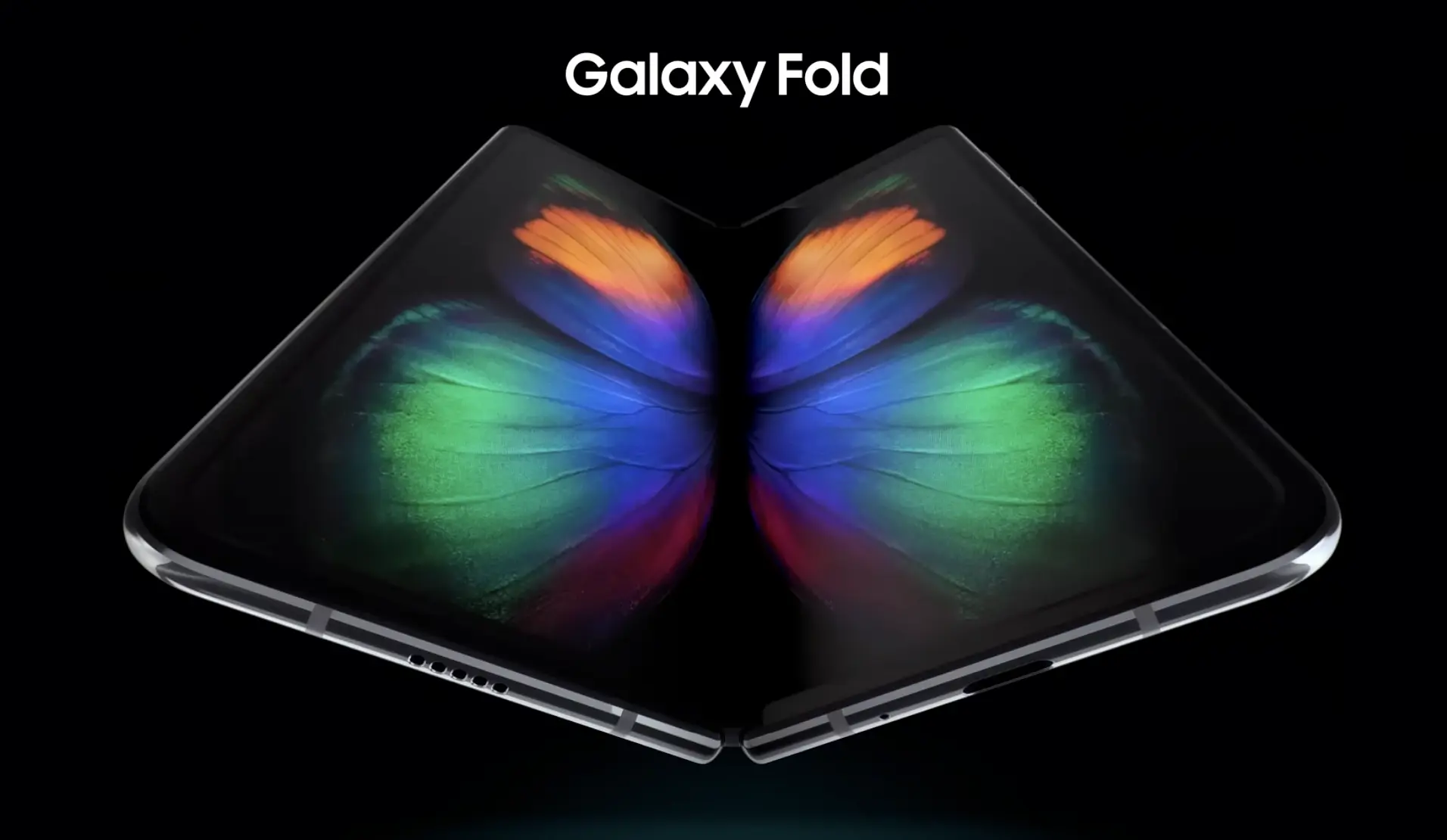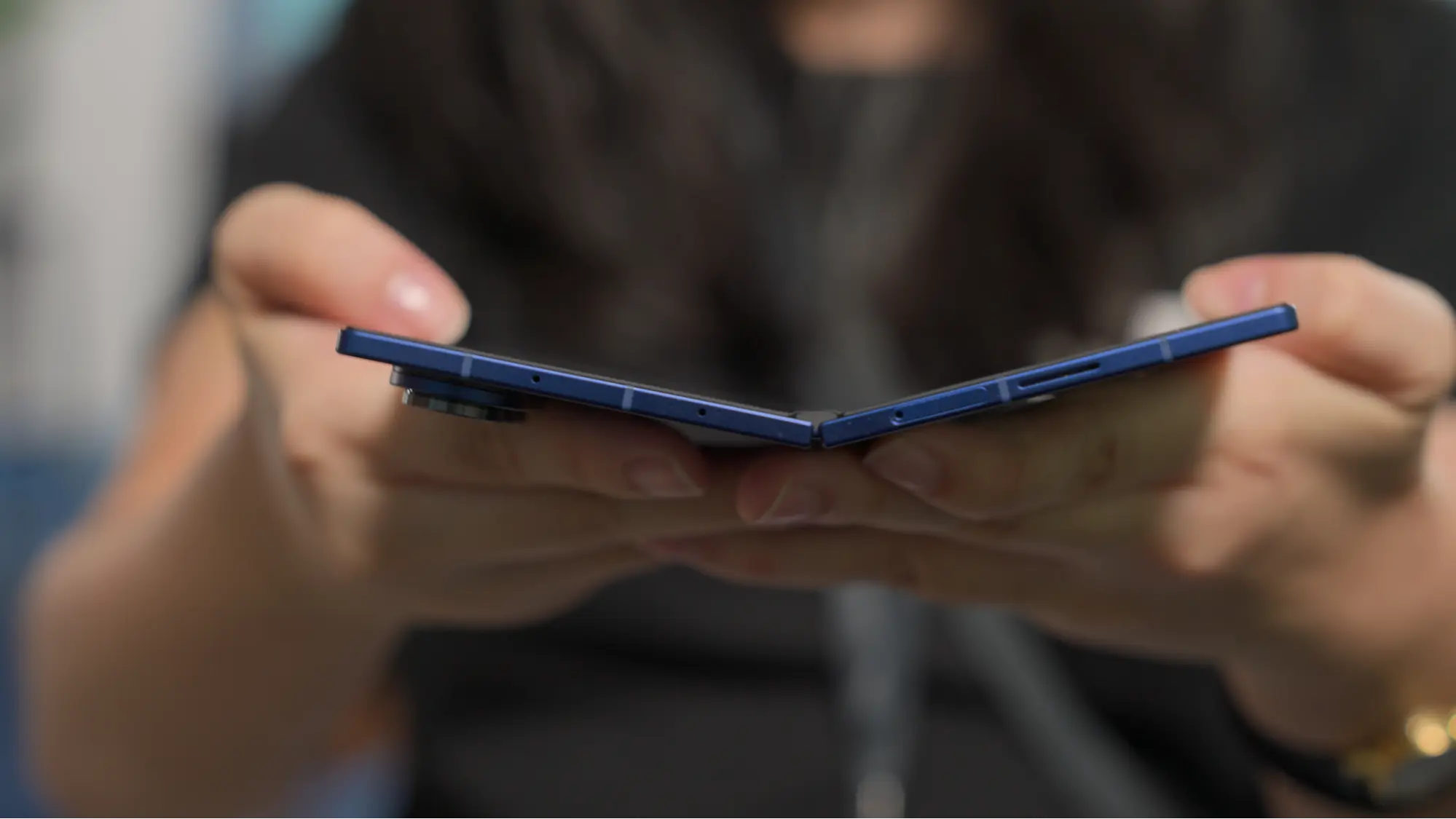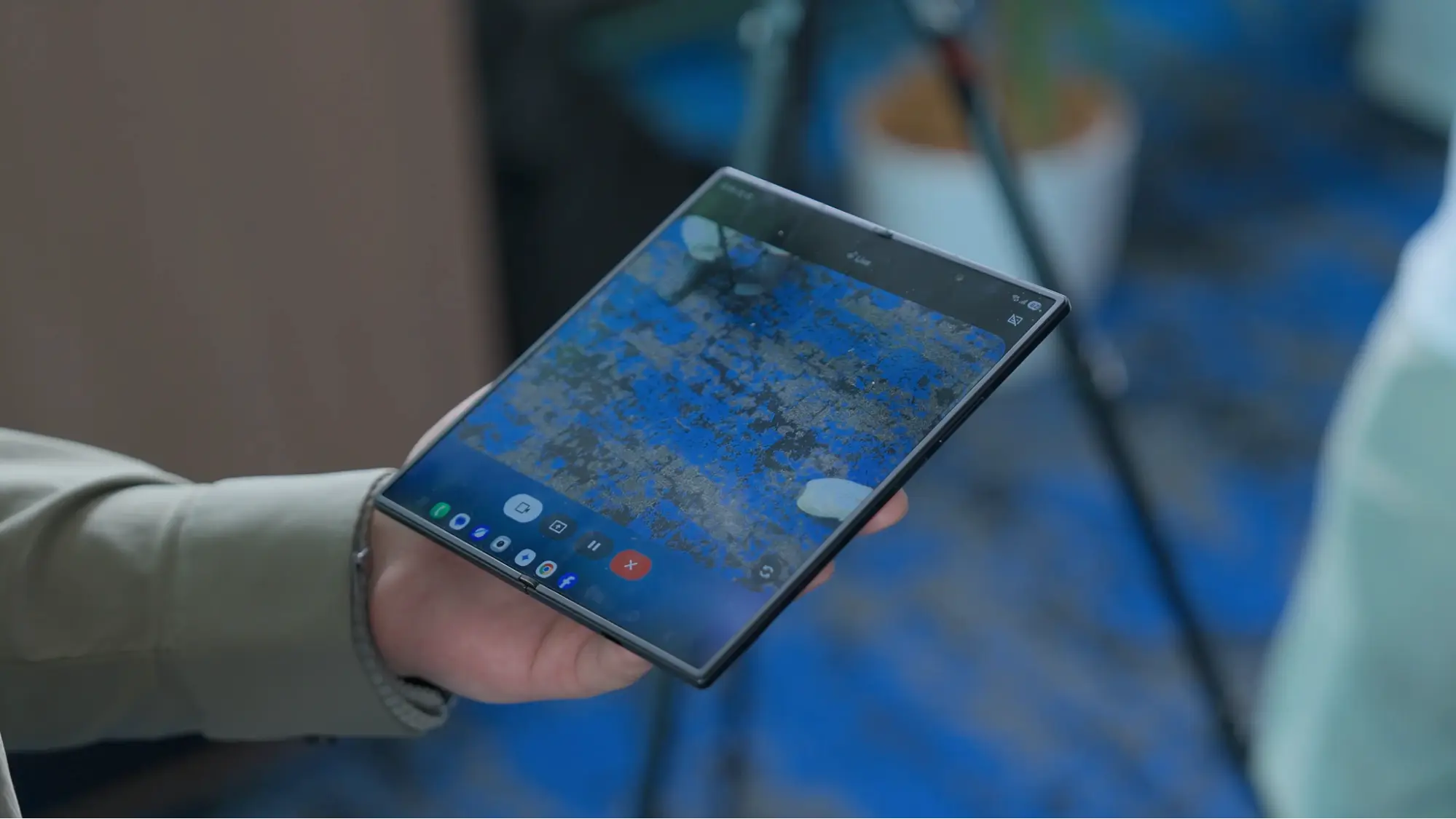
Editor
Jodee Tan chevron_right
Although it has been a few years since their first release, foldable smartphones today remain relatively a foreign territory and novelty for most smartphone users.
Foldable smartphones are popular for its one advantage over regular candybar smartphones, which is their inner big, expansive screen that turns it into a tablet-sized device. These phones are also lightweight and compact, allowing them to be highly-portable, high performing smartphones for productivity. Simply put, foldable smartphones are a 2-in-1, phone-tablet gadget.
The reason why foldable smartphones still remain a novelty is that the book-style foldable smartphones are often priced beyond RM6,000. That is a price that leaves many high expectations in users, including durability.
Back in its early days, users had real concerns about the durability of the screens, as they use a different glass technology compared to candybar smartphones. After all, the perception was that hard means strong and soft means weak, no?

The first foldable smartphone for consumers was none other than the Samsung Galaxy Fold from 2019. Aside from its novelty retail price tag of RM8,388, it raised conversations concerning the quality-control of its inner screen, which faced issues like the screen protector peeling immaturely and dirt damaging the hinge, preventing it from closing or opening fully. Durability eventually became the biggest factor for shoppers to determine if they should get a foldable smartphone.
Of course, Samsung has since taken note of things to improve their next foldable generations instead. And now with the latest release of the Galaxy Z Fold7, Samsung has shared that this generation has a much stronger hinge and adhesive of the screen. It also retails from RM7,799.
No doubt, Samsung’s smartphone software and security has been fortified to last almost a decade now. But with that price tag, many users are still concerned if it’s worth spending on such a premium device for its questionable durability.
If you’re wondering how good the current flagship Galaxy Z Fold7’s build and design is, we have the answers for you.

Stronger Hinge
One of the biggest updates Samsung gave to the Galaxy Z Fold7 flagship is its Armor FlexHinge, which Samsung says it’s an improved and stronger hinge. This hinge has been lab-tested to withstand 500,000 folds—Samsung’s way of contesting how strong the hinge is. But is this the real truth?
During our time spent, the Galaxy Z Fold7 felt easy and smooth to open, and held on well when unfolded with different angled positions. The phone also felt even when opening up, and that it closes with a nice snap that feels magnetic.
In contemporary matters, the Galaxy Z Fold7 even withstood serious bent tests from popular Youtuber Jerry Rigs Everything. The Youtuber concluded that the Galaxy Z Flip7’s screen, case and hinge left unscathed after his test.

Slim & Lightweight
Despite the strong build that Samsung has gifted to the Galaxy Z Fold7, it is also lighter and slimmer than its predecessor, complemented with a bigger screen too, all in a compact body. The design of the Galaxy Z Fold7 is quite a marvel.
At first glance, Galaxy Z Fold7 is very slim at 8.9mm when folded, and is officially the slimmest foldable smartphone to date as well when unfolded, achieving a 4.2mm thinness.
Not only that; the Galaxy Z Fold7 is 215g in weight, which is 24g lighter than the Fold6 is 239g. This makes the Galaxy Z Fold7 a foldable phone that feels even more comfortable than a regular smartphone when folded, yet with double the inner screen size of 8-inch when unfolded.
These are all thanks to the material case of the Galaxy Z Fold7, which is Grade 4 Titanium Lattice that ensures a lightweight body yet retains a strong durability and corrosion resistance.

Water and Dust Protection
Officially, Galaxy Z Fold 7 has an IP48 rating, which means it can handle water submersion up to 5 feet for 30 minutes. For Malaysian users, this covers the most common scenarios you can expect based on our tropical weather— getting caught in sudden rain, accidental spills, or using the device with wet hands after washing. Not only that, the phone is actually able to withstand temperatures and work in conditions as low as -20°c.
The "4" in IP48 indicates limited dust protection, which is honestly realistic for a foldable design. If anything, a complete dust-proofing would require sealing that might compromise the folding mechanism. Thus, Samsung has been transparent about this limitation rather than making unrealistic claims. Interestingly enough, Youtuber Jerry Rigs Everything has tested the Galaxy Z Fold7 to work perfectly in condition against some dust.
And there you have it, Samsung has definitely fortified and improved the Galaxy Z Fold7 with several durability aspects, all without packing on more bulk.
It has only been 7 years since the first Galaxy Foldable came out. Yet, Samsung has made great strides into challenging their own engineering prowess, redefining what they could do to achieve a foldable smartphone that lasts. Not only is the Galaxy Z Fold7 designed with premium quality, it also holds down its fort well to match the demanding needs of the real world.
Of course, we should still be careful with foldable phones in general, but at least their chances of retaining aesthetic value are better than before.
All in all, the Galaxy Z Fold7’s physical durability, paired with the 7 years of Samsung security and OS software makes it a foldable smartphone that’s meant to last for a long time.
Check out the Galaxy Z Fold7 on Samsung Malaysia website here.
[This post was made in collaboration with Samsung Malaysia.]
More related recommendations
